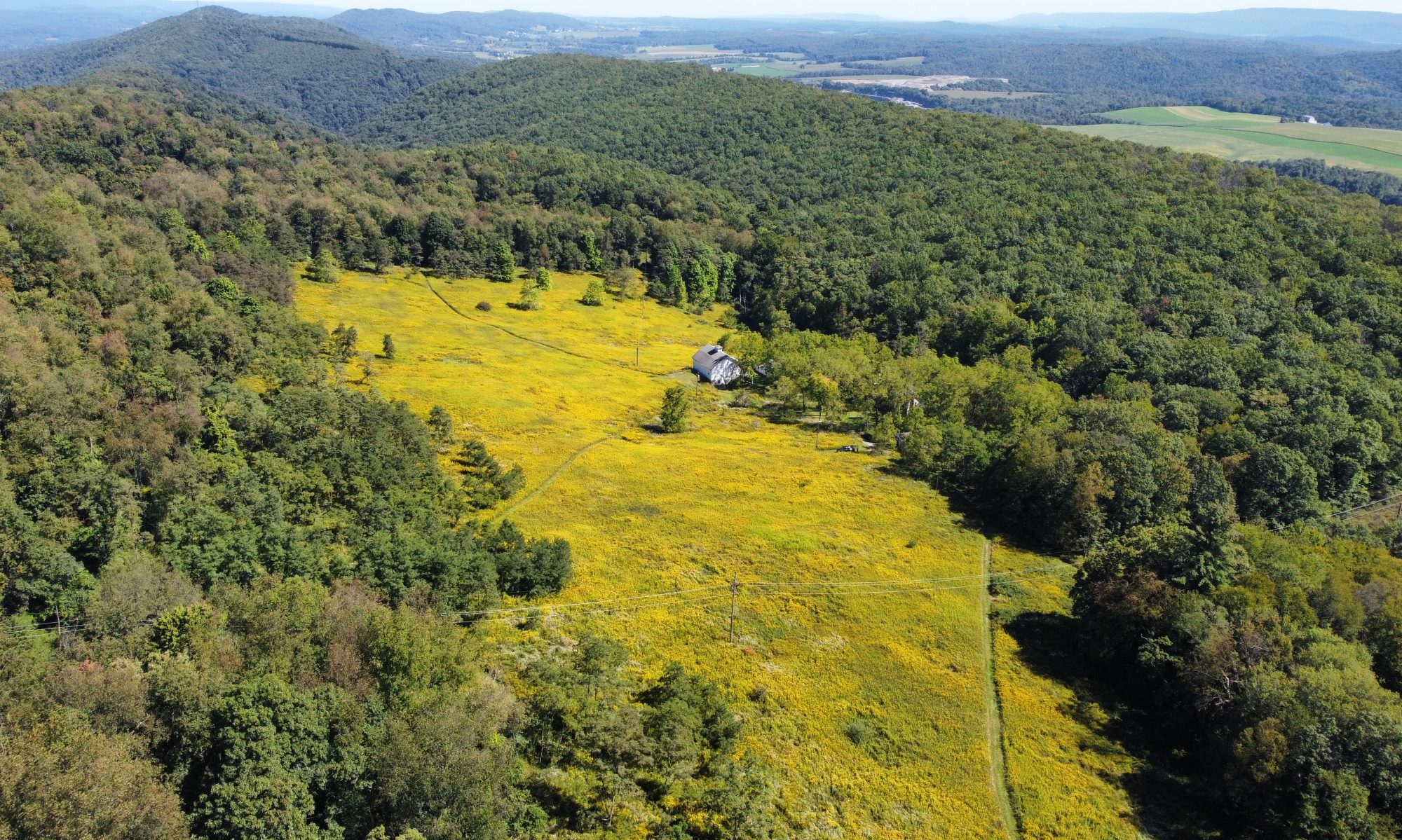By September 1993 the stumps of the large oak trees cut in the late 1960s above the old dump area were still visible as stumps. Most, however, were considerably rotted on the tops and sides. Five had portions that appeared as if they might be solid at their cores, so I cut away a section about one foot below the rotted top in order to reveal good, solid sections of growth rings. The process of dating these old rotten stumps needs to be explained.
In May 1993 I counted the rings of many oak stumps cut on Margaret McHugh’s property in 1991 (see later chapters of this narrative). On those stumps the gypsy moth defoliation of 1981 ten years before cutting could be identified with complete certainty as a year of virtually no growth. I counted and recorded the growth rings backward to the turn of the century for a number of trees, which provided a chart of the exact years when drought (or other adverse conditions) produced very thin growth rings among the oaks on this mountain. The chart also showed periods of several years when more than normal growth (i.e., unusually wide rings) occurred, presumably due to good growing conditions. The years 1964 through 1967 was a period of very slow growth for the trees, 1950 and 1951 were years of more than normal growth. The period from 1930 through 1934 were also years of very slow growth.
With this comparison sheet in hand I was able, in the spring of 1993, to count the exact ages of several dozen tree stumps that had been cut on the former Wilson property in the fall of 1985, despite the fact that five to ten years of growth rings–the outer one-half to one inch of wood–was rotted away on most of them. The procedure was simply to line up the very poor growth year rings of 1930 to 1934 and 1964 through 1967, make sure they calibrated with the very good growth rings of 1950 and 1951, and the rings on the stump could be accurately dated back to the first year of growth.
Above the dump, where about a dozen oaks were cut in the late 1960s, I had to expose good wood in to the center of the stump with a chainsaw in order to be able to make a count of its growth rings. Thus, even a tree cut 25 years ago, with 15 or 20 years of growth rings rotted off the outside, could be dated with considerable accuracy and the growth measured year by year (until about 1945). As mentioned in the text of chapter three, the results are interesting. One oak reached the one-foot high point in 1841, but had minuscule growth rings until 1892 when, as a 50-year old tree, it had reached only five inches in diameter. At that point it started to grow more rapidly, reaching 8 1/4 inches diameter by 1900 and 32 inches by 1960 (at the one-foot high point). The sudden growth spurt in 1892 suggests that another tree or a couple other trees nearby had fallen or been cut, releasing this tree for rapid growth in the full sunlight.
A second tree in the dump area grew to the one-foot high point in 1815–clearly a seeding or stump sprout of the first cutting, which may have been one or two years before. It reached 1 1/4 inches diameter by 1830, 4 1/4 by 1850, 8 inches by 1870, and 12 1/2 inches by 1909 when the first significant growth ring occurred. In the next 50 years, by 1960, the tree had reached at least 26 inches in diameter. This suggests that one or more overtopping trees were cut, died, or fell naturally in 1909. The other stumps examined in this area show similar patterns: they started at different times and were released for rapid growth at different times.
–Bruce D. Bonta
Discover more from Plummer's Hollow, Pennsylvania
Subscribe to get the latest posts to your email.
